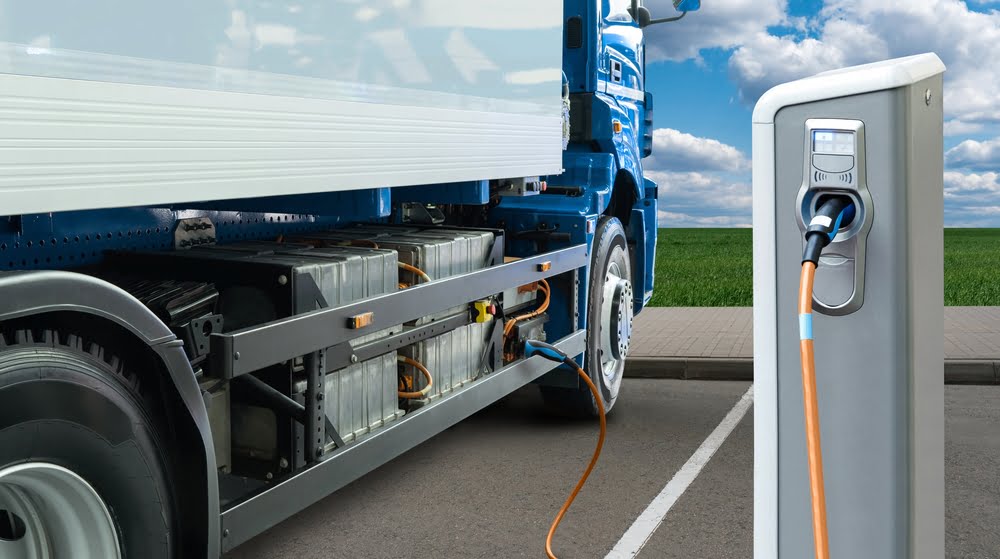Focusing solely on a zero-emission policy is insufficient to achieve the 2 CO2030 reduction targets. More is needed. The study shows what the situation is and what is already possible.
Why is the transition to zero emissions in transport and logistics so difficult to get off the ground and what needs to be done to save more CO2? This question is central to the new sector study 'Betting on zero emissions alone is not sufficient for realizing CO2 ambitions' by TVM insurance, ING and Panteia.
70% less CO2 emissions cannot be achieved in 7 years
Reducing CO2 emissions and other harmful substances has the highest priority. This awareness is increasingly dawning on policy makers and entrepreneurs. However, the transition to zero-emission transport in the transport and logistics sector is difficult. And focusing solely on zero emissions policy is insufficient to achieve the 2 CO2030 reduction targets. More is needed. The study shows what the situation is and what is already possible.
“For many transport companies, the purchase of zero-emission vehicles is still a step too far because the purchase costs for these types of vehicles are high, the range is limited and the charging and refueling facilities are still substandard. But there are other options for reducing CO2 that could be of interest to more companies.”
Ronald Kuipers, commercial director TVM Netherlands.

Getting started with energy transition and CO2 reduction
What is lacking in the sector is perspective for action. This one sector study shows what transport companies can already do by discussing in detail the possibilities for CO2 reduction in transport and logistics. An important part of this is the transition to zero-emission vehicles, but fuel savings through better driving behaviour, better planning and aerodynamic applications (truck of the future) are also discussed. In addition, there is still a lot of unused potential to reduce CO2 in the transport and logistics sector, but which are hardly used due to all kinds of legislation or other focus.
“There is great potential for CO2 reduction that can be used before the tipping point for large-scale deployment of zero-emission vehicles is in sight. This increases the chance of success of the challenging ambition to have reduced CO2030 by 70% by 2.”
Machiel Bode, sector banker Transport, Logistics & Mobility at ING Netherlands.
Dare to look wider
The task facing the logistics and transport sector is huge and can only be achieved if all stakeholders work together to achieve the goal. This means that policymakers are also needed to create the right frameworks and reduce CO2 emissions in the transport and logistics sector. Dare to take a broader view and embrace and encourage real CO2 savings that can be achieved in the short term. That requires a different way of thinking, with an open mind and looking at the entire playing field.



